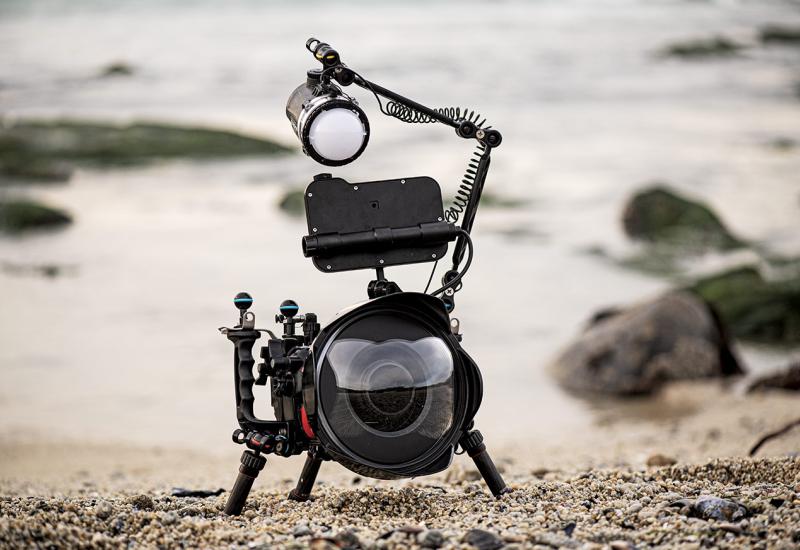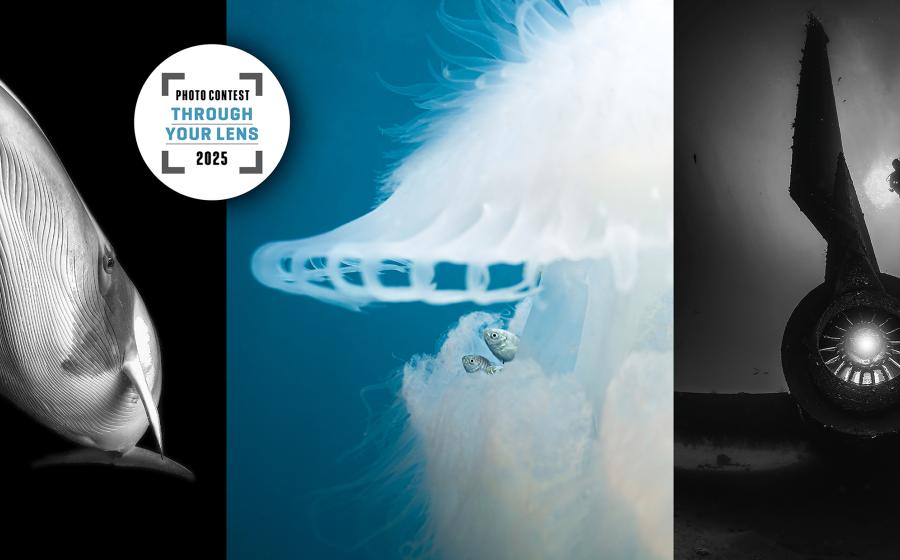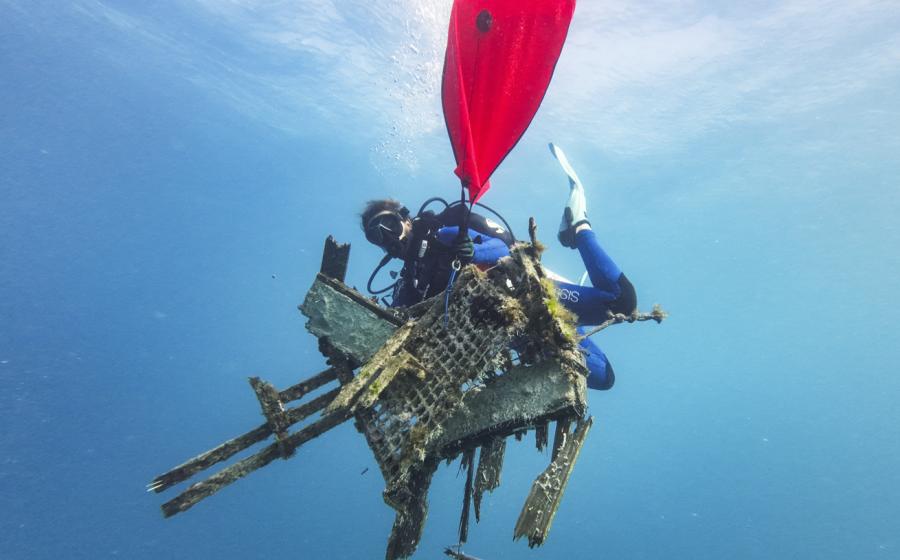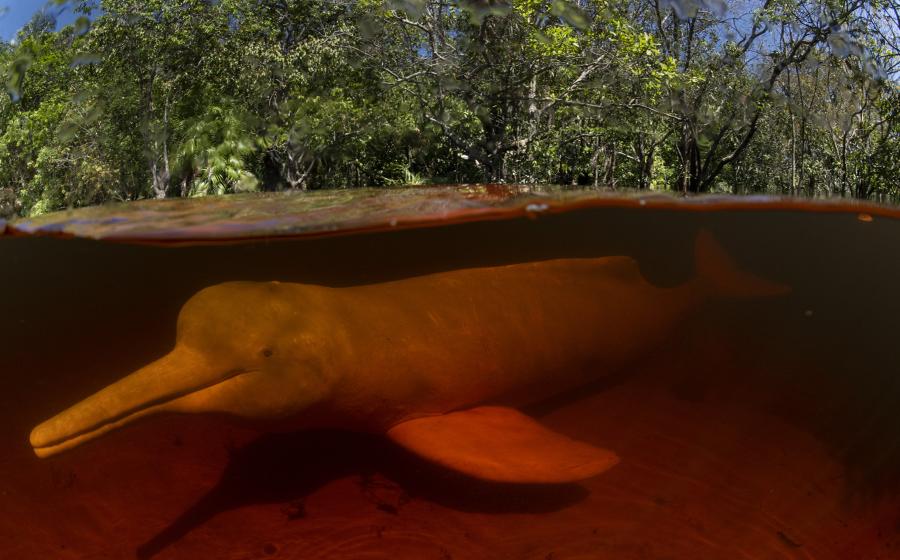Why Don’t Electric Rays Electrocute Themselves?
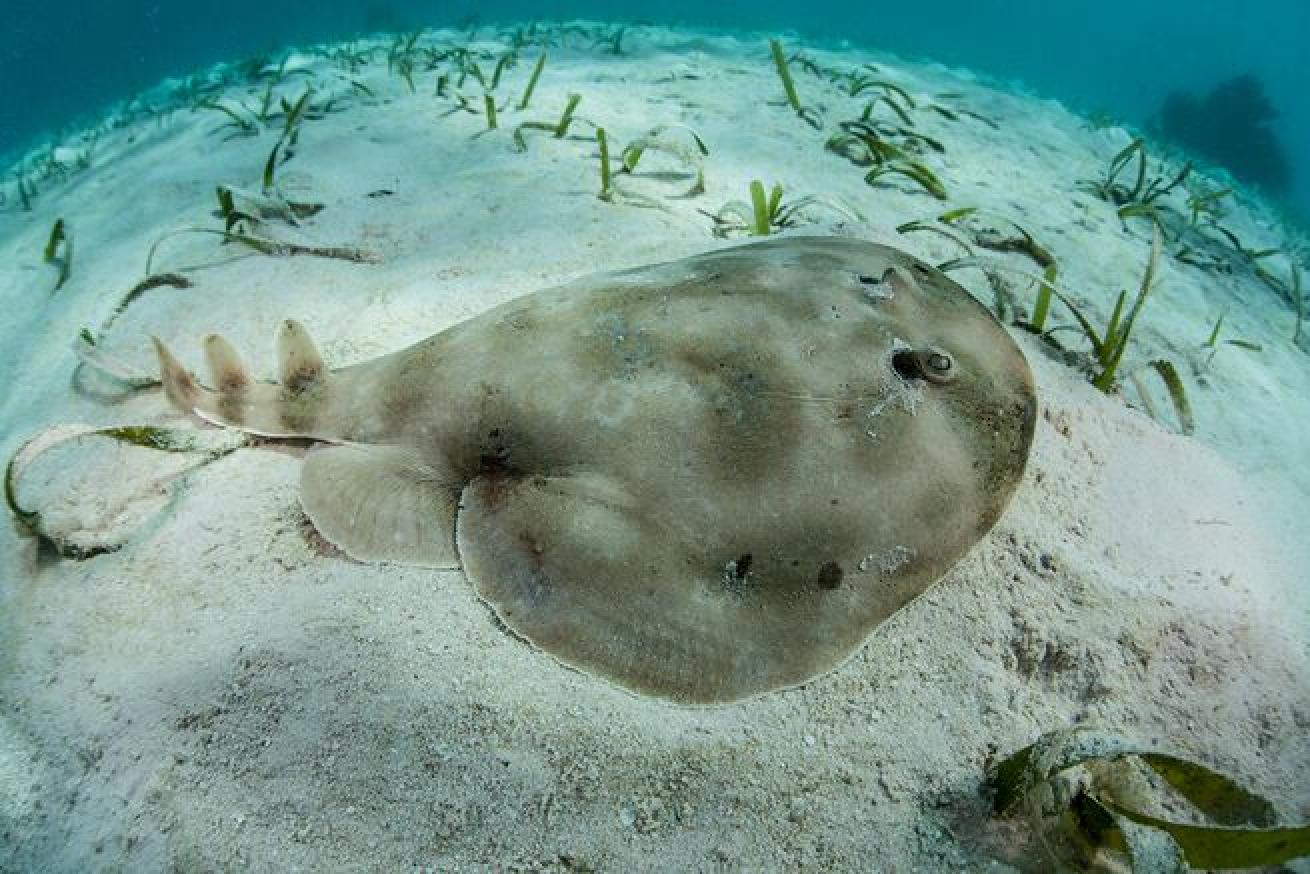
Shutterstock.com/Ethan DanielsA lesser electric ray nestles in sand near Belize's Turneffe Atoll.
Question: Why don’t electric rays electrocute themselves? – Francisco C, Chile
Answer: Science does not have a definitive answer to this inquiry, but experts tell me rays have some amazing adaptations that help them here!
First, let’s back up and talk about what an electric ray is, how they generate electricity, and what they use it for!
There are dozens of species of electric rays, sometimes called torpedo rays, which are found all over the world. Two of the best studied are the Pacific electric ray and the lesser electric ray, which notably was once incorrectly assessed as to be Critically Endangered.
Both have an electricity-generating organ capable of generating an electric discharge. This electric pulse is generated via modified muscle cells — your own muscles, in fact, generate a ton of bioelectricity in order to contract. It just usually isn’t channeled into an external discharge! Rays can use the electrical pulses they generate either to stun prey (so they can eat it without a fight or chase) or to startle away predators.
Related Reading: Standout Stay: Turneffe Island Resort in Belize
How strong an electric pulse is generated varies by species and by size of the individual, but, when it comes to how it affects people, the range has been described as “from moderately tingly to stunningly powerful." Some claim that the ancient Greeks used this electric pulse to anesthetize patients, noting that their scientific name (Narcine) comes from the same Greek root word as “narcotic,” but the evidence behind this is not conclusive and the logistics seem at least a little bit questionable. The Pacific electric ray has been known to swim directly at divers if provoked, so, as always, try not to antagonize the wildlife!
Circling back to your original question: when electric rays discharge electricity into the water, how do they avoid getting shocked by it?
“While the ray itself is pretty well insulated from its own electric discharge, it may swamp out the ray’s ability to detect the weak electric fields of their prey!” says Dr. Chris Lowe, director of the California State University, Long Beach shark lab and a professor of marine biology. “We don’t really know for sure. But they can use it to electrocute their prey or to ward off predators! It’s one of the few superheroes of the ‘flat sharks!’”
In other words, an electric discharge gives these rays a powerful offensive or defensive weapon, but using it (probably) temporarily “blinds” their own electric sense! And to avoid being shocked themselves, they have some biological insulation in place. These under-appreciated animals are truly fascinating—as long as they’re not shocking you.
Related Reading: What Can You Do With a Degree in Marine Biology?
Ask a Marine Biologist is a monthly column where Dr. David Shiffman answers your questions about the underwater world. Topics are chosen from reader-submitted queries as well as data from common internet searches. If you have a question you’d like answered in a future Ask a Marine Biologist column, or if you have a question about the answer given in this column, email Shiffman at [email protected] with subject line “Ask a marine biologist."

Courtesy David ShiffmanImage of David Shiffman
Dr. David Shiffman is a marine conservation biologist specializing in the ecology and conservation of sharks. An award-winning public science educator, David has spoken to thousands of people around the world about marine biology and conservation and has bylines with the Washington Post, Scientific American, New Scientist, Gizmodo and more. Follow him on @WhySharksMatter on Twitter, Facebook and Instagram, where he’s always happy to answer any questions about sharks.
The views expressed in this article are those of David Shiffman, and not necessarily the views Scuba Diving magazine.


